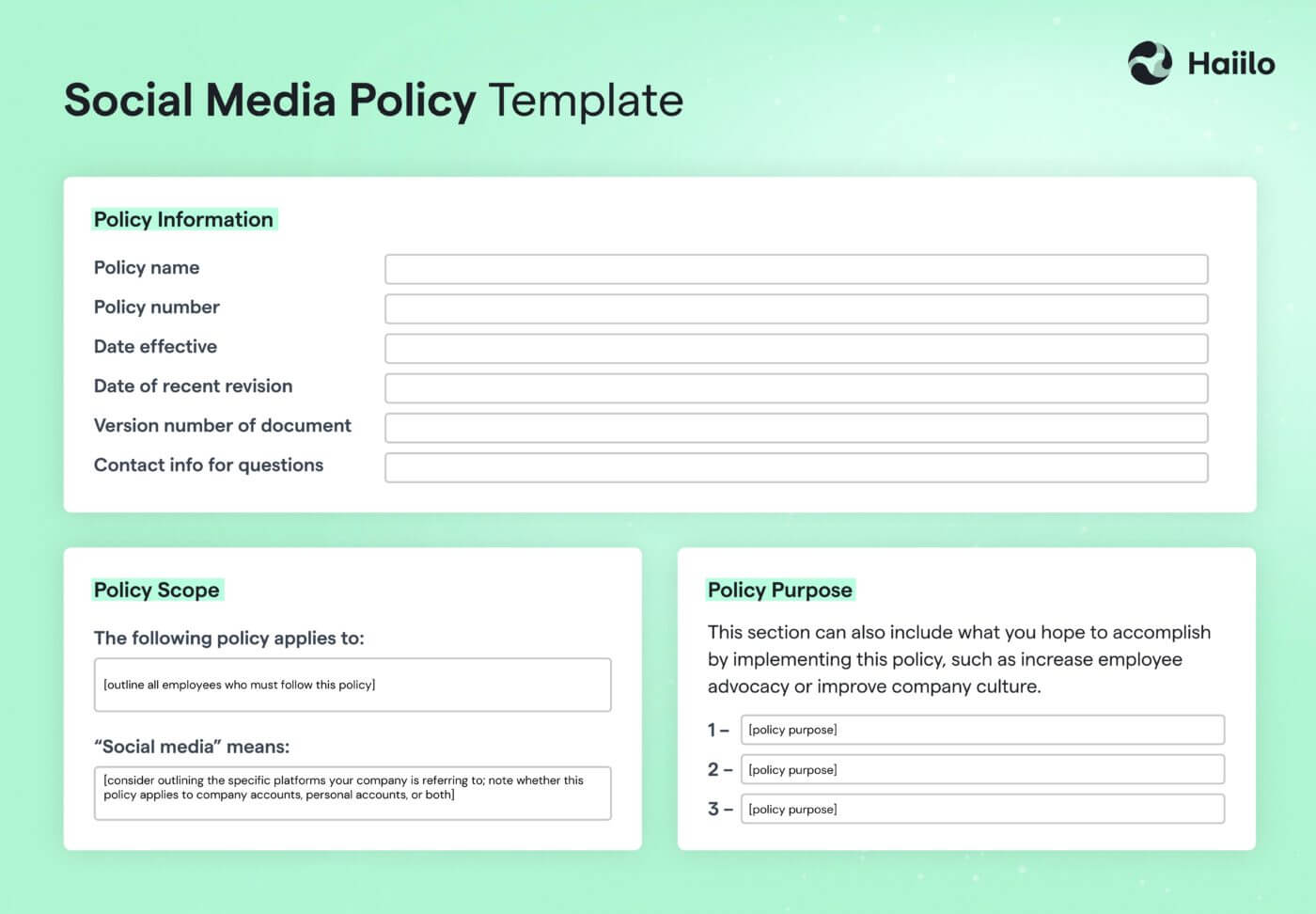Every organization strives to have brand ambassadors. Knowing all the benefits of brand advocacy, and word-of-mouth marketing, it is not surprising that companies are putting more and more effort into launching ambassadorship programs to achieve specific business goals.
In this blog, we will define who brand ambassadors really are, what they do, and what is their impact on business performance and success.
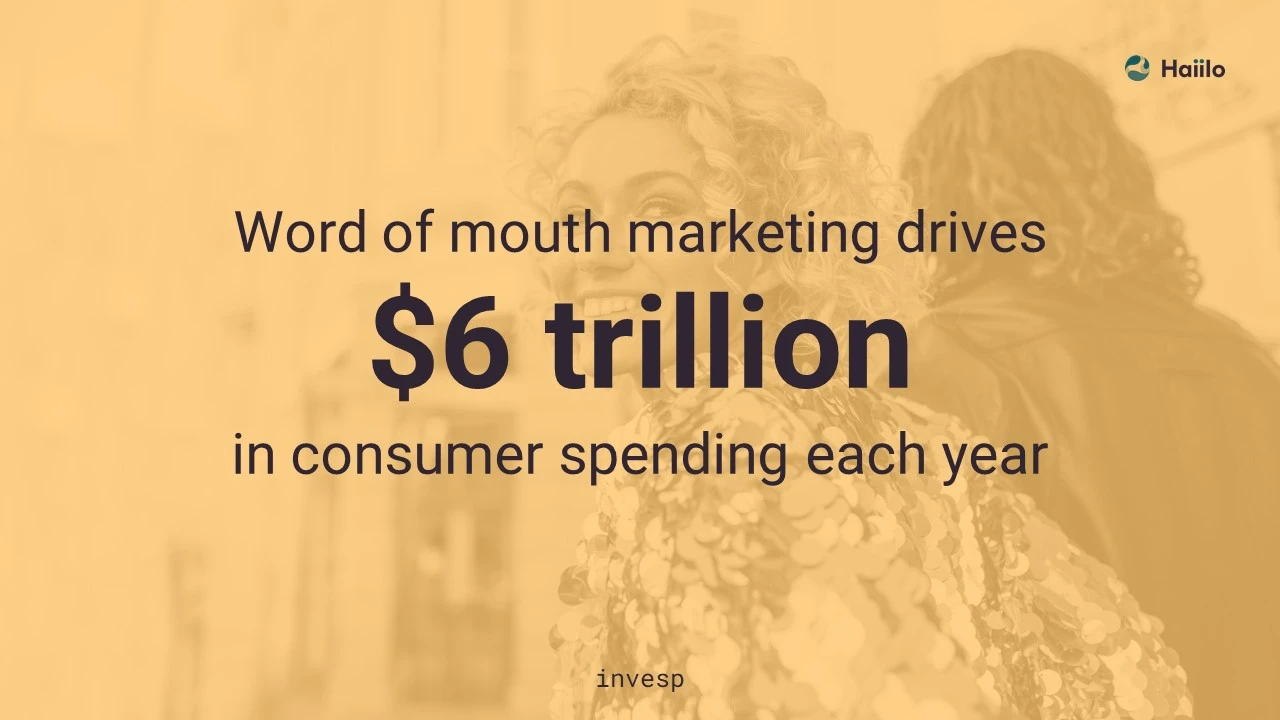
Who Are Brand Ambassadors
Many people consider ambassadors as the “face” of a brand. These people often have established networks and relationships to promote a certain brand via word of mouth marketing tactics such as referring family and friends or talking about a brand on communication channels such as social media.
Modern organizations are looking to reach new customers beyond traditional ad campaigns. They are finding new ways to leverage their advocates to expand brand awareness and drive better business performance.
Employees can be the best brand ambassadors. Set them up for success with the right employee advocacy tools
Many people may think of brand ambassadors as influencers hired by an organization. However, an ambassador can be anyone who loves your brand and performs activities that support an organization’s growth.
Because of their good communication and interpersonal skills, ambassadors have the power to influence people’s opinions and purchasing decisions.
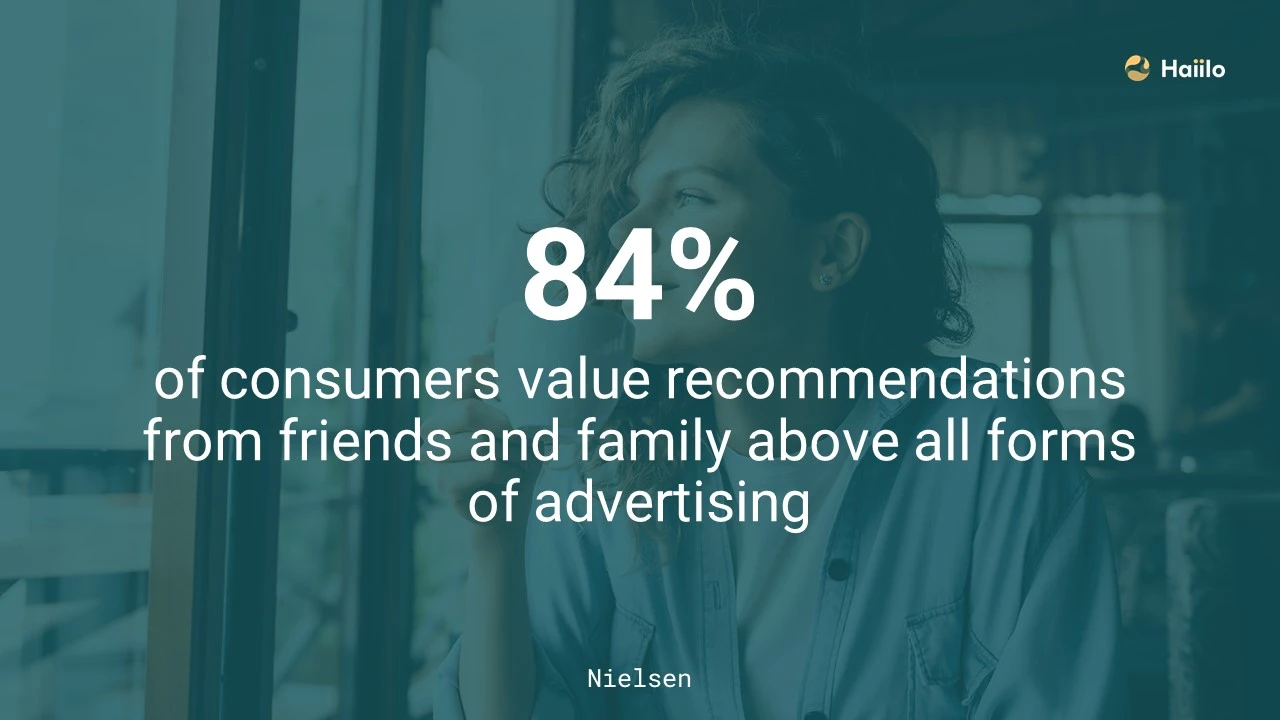
Every successful brand has its advocates. So let’s take a look into why every organization should consider implementing a brand ambassadorship program with the goal to further spread the word about its products or services.
📙 Read on: Benefits of Social Currency for Marketing Purposes.
3 Reasons Why Every Company Needs Brand Ambassadors
Making brand ambassadorship a part of your marketing, social media, and communication strategy can go a long way in driving more brand awareness and generating more revenue.
Growing companies are facing competition on an unprecedented scale. Markets are getting more saturated, and consumers have the power to choose between various products and services. Therefore, brands are now turning to create ambassadors out of their existing customer, partnership, contractor, and employee base.
Moreover, many organizations have also realized the benefits of micro and nano influencers. Unlike some world’s famous influencers, these ambassadors still drive high engagement, have high influence over their followers, and are more likely to achieve specific business objectives.
So why should every organization consider launching a brand ambassadorship program?
🎧Learn more from our podcast on brand ambassadorship and employee advocacy:
More trust and brand awareness
One of the most common reasons why organizations engage ambassadors is to increase brand awareness, improve social selling, and build trust among customers and followers. When the majority of an organization’s communication comes directly from the brand, messages are not as trustworthy as when they come from real people.
Today, people are exposed to information overload every day. Therefore, they’ve learned to cut through the noise and ignore what they deem irrelevant—including company ads.
According to Nielsen, 92% of consumers from various markets are more inclined to believe people who are in their circles than direct messaging from a brand, and only a third of consumers say they trust traditional ads.
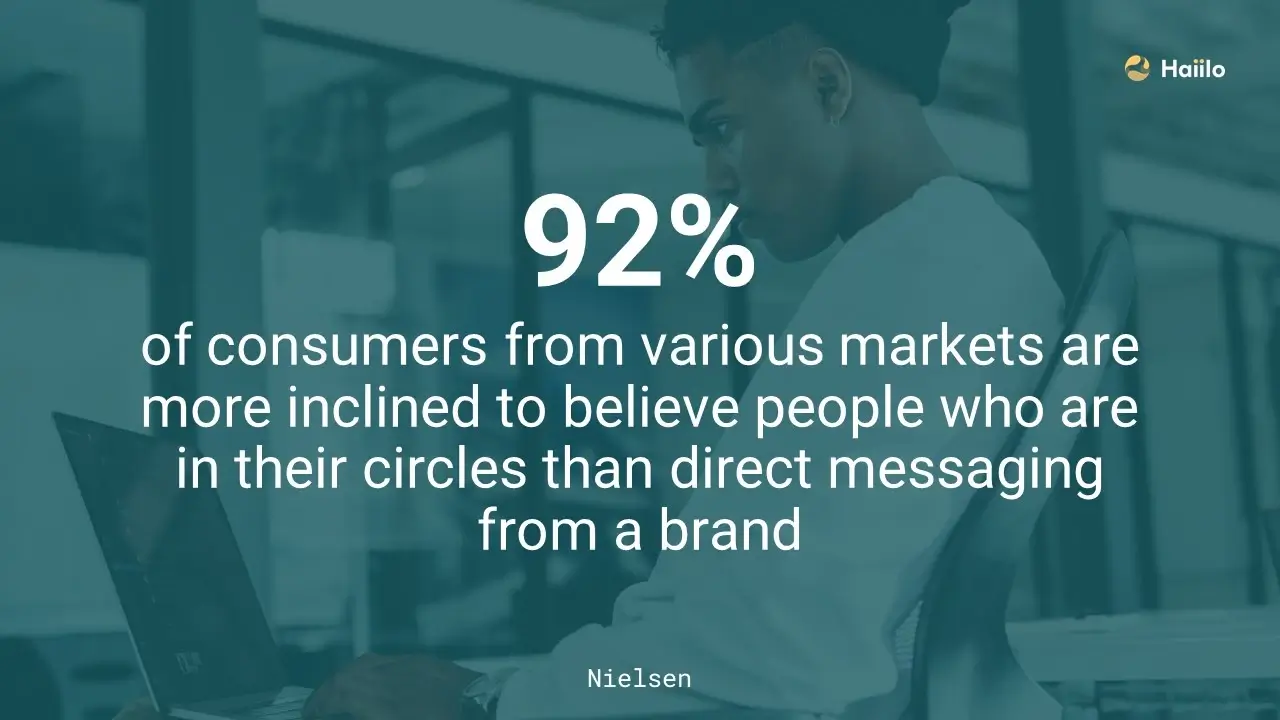
In other words, people trust the opinions and recommendations from others who have used the products and services in real life, and someone’s personal experience is the source of information consumers trust most.
For brand ambassadors, it is much easier to connect with their audiences in a genuine and authentic way, gain the audience’s attention and enthusiasm about your products and services.
📙 Also, read about the 9 social media marketing trends to implement in 2023 and beyond!
Cost-effectiveness
As mentioned earlier, advocacy marketing can be far more cost-effective than traditional ads and other marketing or sales campaigns. While some brand ambassadors may be compensated with cash, free products, or gift cards, the most successful ambassadors tend to be those whose biggest motivation is to see your brand grow.
Oftentimes, those are your own employees!
Even though many organizations also have paid ambassadorship programs, they are still very cost-effective. Compared to costly ads on Google or LinkedIn, ambassadors can do a much better job in driving the audience’s attention, reaching a wider audience, and driving more sales.
Also, almost 75% of consumers decide what to buy based on social media posts, but 96% of the people that discuss brands online do not follow those brands’ owned profiles. Hence, consumers don’t have as much trust for social media that comes directly from brands’ profiles—instead, they’re turning to posts and reviews from individuals.
📙 Read on: The Secret to Maximizing Content Marketing Impact.
Improved employer brand and more high-quality job candidates
Besides driving more visibility, brand awareness, and sales, brand ambassadorship can be a very efficient way of improving your organization’s employer brand and, therefore, driving more high-quality candidates for your open positions.
Employees who are proud to work for your company can spread the word about your organization’s core company values, EVP, and their own employee experience. As 91% of employers say that they use social and professional networks to recruit talent, they need to learn how to better leverage their own employees to build pools of the best talent out there.

📙 Also read: How to Succeed in Social Recruiting with Employee Advocacy.
23 Shocking Facts About Brand Ambassadorship and Advocacy
Let’s now take a look into the list of the most important statistics about brand ambassadors:
- Customers perceive staff as more trustworthy than corporate marketing. (Edelman Trust Barometer)
- Leads developed through employee social marketing convert seven times more frequently than other leads. (Fast Company)
- Social media content shared by employees gets eight times more engagement than content shared through the brand’s own social channels and is shared 25 times more frequently. (Entrepreneur)
- 84% of people trust recommendations from people they know more than any other form of advertising. (Nielsen)
- Nano-influencers and micro-influencers achieve 6.7 times greater follower engagement than popular celebrities. (AdWeek)
- 92% of consumers from various markets are more inclined to believe people who are in their circles than direct messaging from a brand. (Nielsen)
- Almost 75% of consumers decide what to buy based on social media posts, but 96% of the people that discuss brands online do not follow those brands’ owned profiles. (Social Media Week)
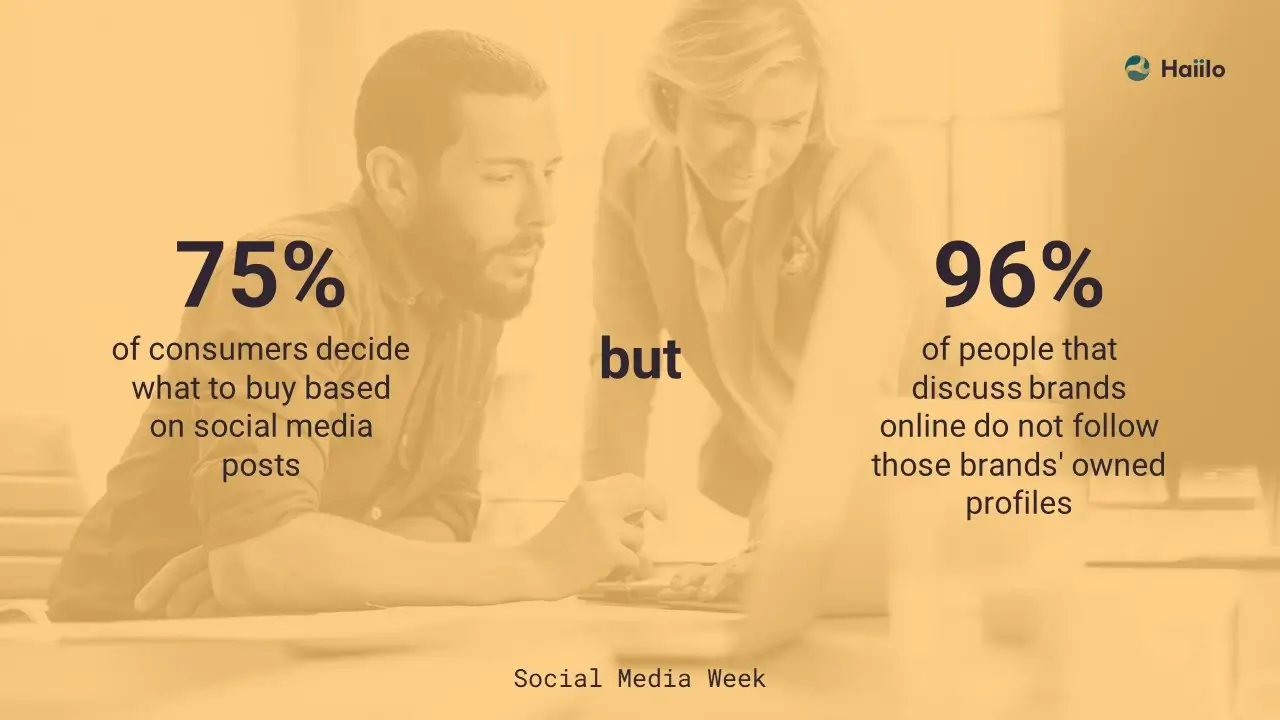
- 84% of consumers value recommendations from friends and family above all forms of advertising – additionally, 77% of consumers are likely to make a purchase after hearing about it from someone they trust. (Nielsen)
- 98% of employees use at least one social media site for personal use, of which 50% are already posting about their company. (Weber Shandwick)
- Companies whose employees share their brand’s social content see a lift in the views that their job postings receive. (LinkedIn)
- 80% of employers have not yet implemented a comprehensive employee advocacy program. (Hinge)
- Sales representatives using social media outsell 78% of their peers. (Forbes)
- 96% of organizations are able to identify the benefits of social media brand advocacy programs. (Hinge)
- Getting involved with social media for professional purposes has helped the careers of about 69% of employees. (Hinge)
- A recommendation from a friend or family member makes 83% of Americans more likely to purchase that product or service. (Convince & Convert)
- 58.8% of employees in a formal employee advocacy program spend more than five hours per week on social media for business use. For those in a non-formal program, however, only 31.8% spent greater than five hours online. (Hinge)
- 87.2% of employees recognized that employee advocacy contributed to expanding their professional network, and 76% believed that it helped them keep up with industry trends. (Hinge)
- Over half of women made purchases due to influencer posts with Facebook and Instagram being the preferred platforms. (Ad Week)
- Content shared by employees receives 8 times more engagement than content shared by brand channels. (Social Media Today)
- Earned media (press, word-of-mouth, peer-to-peer referrals) drives 4 times the brand lift as paid media. (Bazaar Voice)
- Peer-to-peer marketing accounts for 20-50% of all purchasing decisions. (McKinsey)
- On average, an employee advocacy program involving 1,000 active participants can generate $1,900,000 in advertising value. (Kredible)
- 64% of teams that use social selling hit quota compared to 49% that don’t. (Aberdeen)
📙 Find out about what people like to share on social media.
8 Types of Brand Ambassadors
A brand ambassador can be anyone who participates in brand-promotion actions. Most commonly, they do so by word of mouth, by sharing information about your organization on social media networks such as Instagram, TikTok, Facebook, and Twitter or on professional networks such as LinkedIn.
The 8 most common groups of brand advocates include:
- Employees
- Influencers
- Micro-influencers
- Nano-influencers
- Business partners
- Contractors
- Celebrities
- Customers
When choosing your brand ambassadors, the most important thing to have in mind is your target audience. Ask yourself about who do you want to reach, and how your ambassadors can help you in achieving that goal.
Within large organizations with thousands of employees in different areas, the power of employee ambassadorship can be immense. So let’s take a look into the next section about employees as your brand advocates.
💡 Read on: Why Employee Advocacy Should Be on Every Job Description.
Employees as Brand Ambassadors
You don’t have to look far to find brand ambassadors for your organization. Moreover, a company’s employees are often considered the best brand ambassadors.
To add, Weber Shandwick discovered that 21% of employees within organizations were estimated to be brand advocates and another 33% have the potential to be ones. Oftentimes, your employees best know your organization’s products, services, and other offerings.
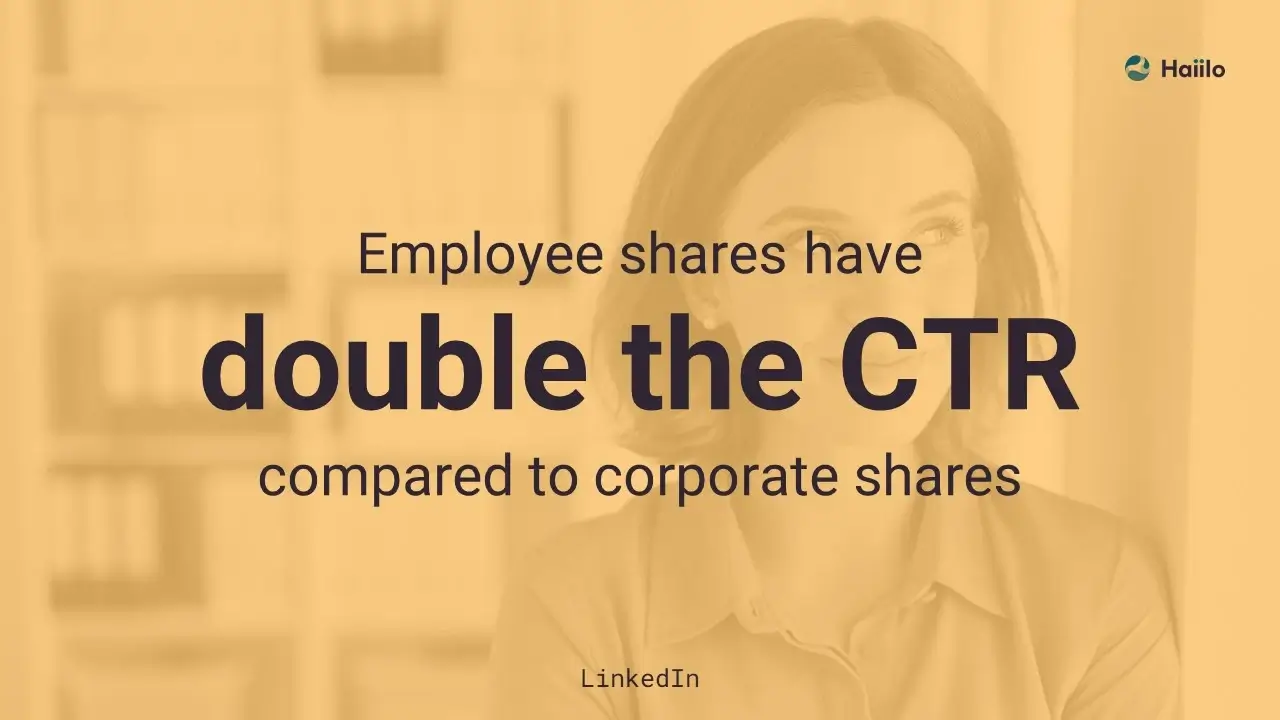
Consider this information:
According to results from the Kredible Employee Advocacy Study, employee advocacy programs that involve at least 1,000 active participants can generate $1,900,000 in advertising value.
So why not encourage your own employees to become brand ambassadors, drive market awareness, generate high-quality sales leads, or bring new job candidates?
Even though this seems like a very natural thing to do, it is not so easy to implement successful employee advocacy programs. Here are the must-follow steps for building a successful ambassadorship program in your organization:
- Define the rules of your brand ambassadorship program
- Train your employees on how to be ambassadors (the do’s and don’ts)
- Identify your current internal ambassadors
- Implement a survey to find out who your potential ambassadors are
- Clearly communicate the benefits of brand ambassadorship for both individuals and your organization as a whole
- Create and deliver content relevant to your internal audiences (only then they will want to share it with their networks)
- Make it easy for ambassadors to share the content externally
- Enable employees to share the content from their mobile phones
- Measure the impact of brand ambassadorship
- Recognize and reward your brand advocates
The differences in your multigenerational workforce are also very important to consider and understand. A survey by The Marketing Advisory Network showed a clear difference between the generations when it came to sharing information about their workplace. 81% of Millennials share information about their job, compared to 72% of Generation Z and a mere 47% of Baby Boomers.
📙 Read on: How Employee Advocacy Delivers a Higher ROI than Ad Campaigns.
Brand Ambassadorship Case Study
The power of technology in driving brand ambassadorship within organizations is crucial. Let’s take a look into how an Australian company managed to reach 3 million people on social media with the right advocacy platform.
BDO is one of the leading accountancy and advisory firms in Australia. Even though the company invests in creating great content, not all of its people actively shared this content with their personal networks.
In order to encourage partners and staff to use social media more actively and proactively, especially LinkedIn, the company decided to implement the Haiilo advocacy platform. Their goal was to enable different stakeholders to grow their personal brand and strengthen client relationships, all while increasing the organization’s reach and recognition.
One of the main reasons for low stakeholders’ engagement was the fact that it was difficult for them to find the right content and easily share it with their personal networks.
With Haiilo Share, the firm’s partners and employees were invited to discover content personalized to their expertise, interests, and existing networks.
Within just nine months, its people have generated 13.94K unique clicks, 13.70K reactions, and have reached 3.67M people on social media by sharing the organizations’ and industry-related content. Additionally, they have generated positive engagement through their shares. For example, their posts have generated 4.61 clicks per share and 4.54 reactions per share on LinkedIn.




